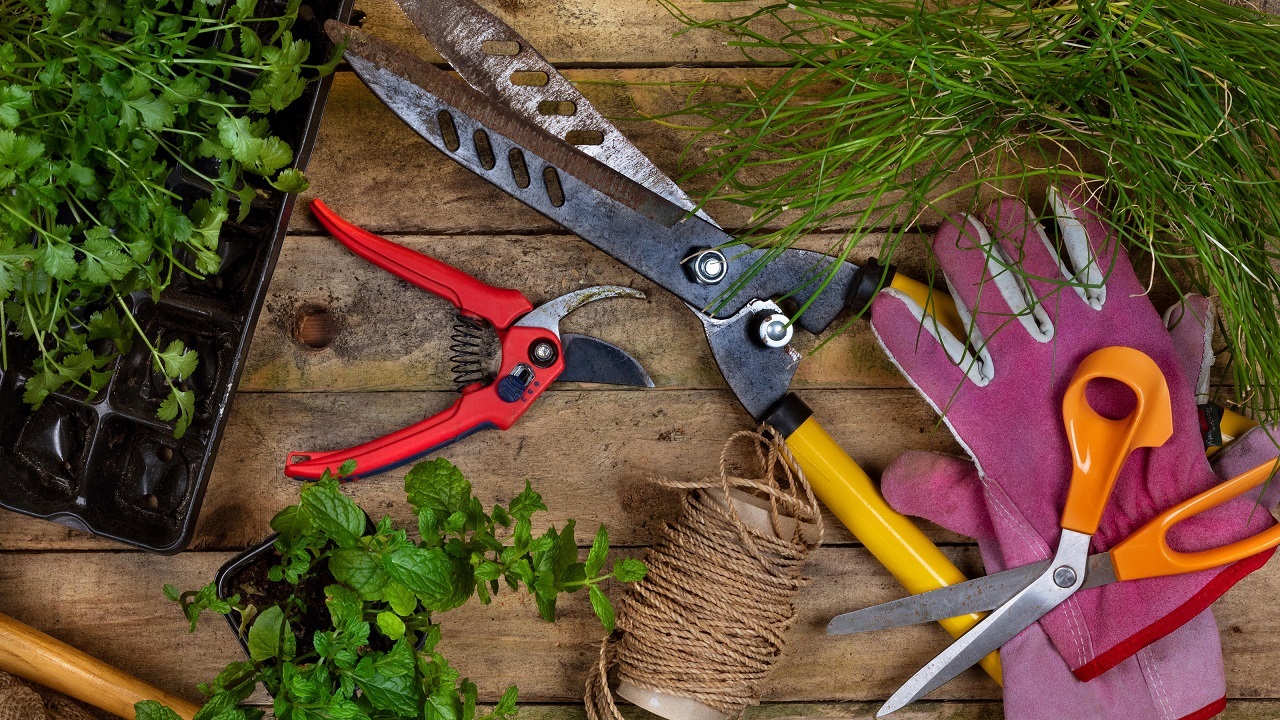Those who are interested in gardening must know the differences between shears and pruners. Even though these instruments are frequently used similarly, they have unique features and purposes that suit them for particular jobs. The pruning shear manufacturer introduced a new line of ergonomic garden tools for having a successful garden. Here's a thorough explanation of some main differences between pruners and shears.
Design and Structure
Shears are made to cut through huge amounts of plant material at once and usually have lengthy blades. They are frequently employed for jobs that call for precise, crisp cuts across a vast surface area and have the appearance of big scissors.
Pruners are smaller hand instruments made for precise cutting that have shorter, stronger blades. The hand pruners manufacturer mainly focuses on the design to provide a comfortable use that easily fits in one hand. That is why they are useful for complex tasks.
Main Uses
Shears are typically used for pruning back bigger plant material, shaping shrubs, and clipping hedges. Their long blades let them easily cut through several stems at once, which makes them ideal for jobs requiring efficiency and speed across a wide area.
On the other hand, pruners are used for more complex jobs including removing dead or diseased wood, deadheading flowers, and pruning back smaller branches. Their accuracy enables gardeners to make precise, clean cuts, which is essential to the plant's health and beauty. For instance, pruners help reshape plants and promote new growth in certain regions.
Cutting Capacity
Shears and pruners have quite different cutting capacities. Shears' longer, stronger blades allow them to cut through thicker stems and larger branches. They can therefore effectively chop through thick vegetation and bigger plant materials.
Pruners are meant for more delicate, smaller tasks. Depending on the model and blade strength, they can usually chop through branches up to an inch in diameter. Pruners' precise, sharp blades are perfect for cutting tiny branches and stems cleanly, minimizing damage to the plant.
Comfort of Usage
When selecting between pruners and shears, ease of usage are crucial factor to take into account. Using shears frequently requires two hands, which might get tiresome after a while. They do, however, cover more areas faster, which is advantageous for labor-intensive trimming jobs.
Because pruners are made to be held in one hand, they are more comfortable and easier to use for extended periods. To lessen hand fatigue, high-quality pruners frequently have padded handles and user-friendly designs. They are therefore a better option for repetitive, detailed work.
Maintenance and Durability
Shears may require more frequent sharpening and cleaning due to their bigger blades, particularly when cutting difficult or viscous plant materials. To guarantee smooth performance, they also require routine maintenance.
Pruners are often easier to sharpen and clean, because they are smaller in size, even if they still require regular maintenance. When properly cared for, high-quality pruners can endure years of continuous use. Pruners should be cleaned after every use to maintain the blades' quality and stop the spread of plant diseases.
Conclusion
In conclusion, shears and pruners are both necessary equipment for gardeners, but they have distinct uses and are made for various jobs. Pruners are great for accurate, in-depth work, and shears are great for large-scale shaping and pruning. By choosing the appropriate hand pruner manufacturer for gardening types of equipment, gardeners may ensure a healthy and well-maintained garden.


